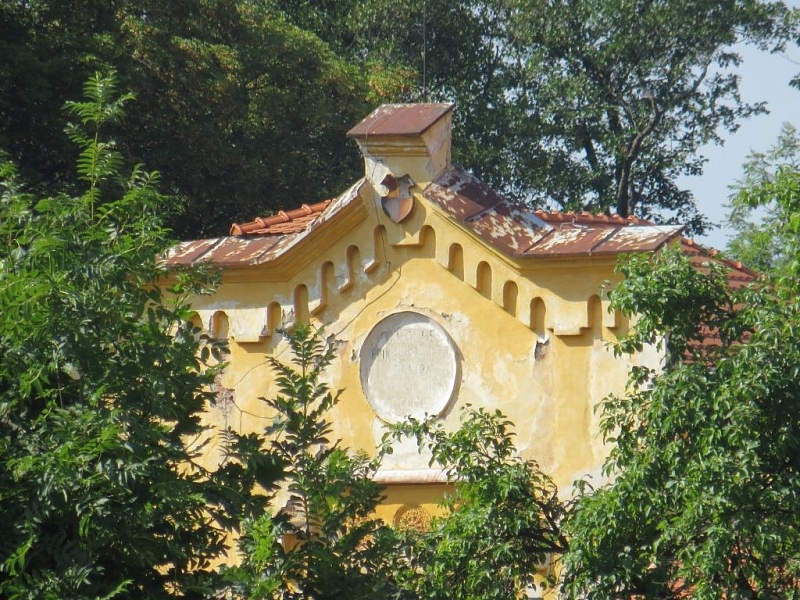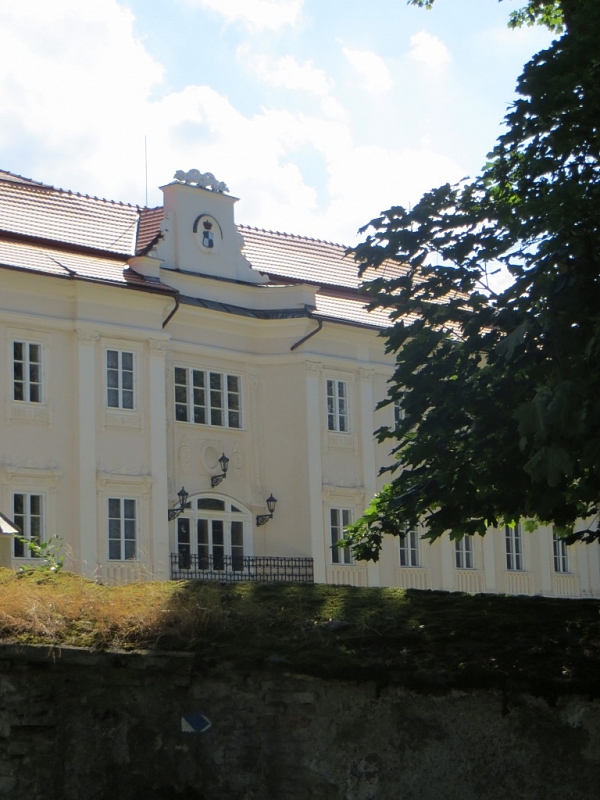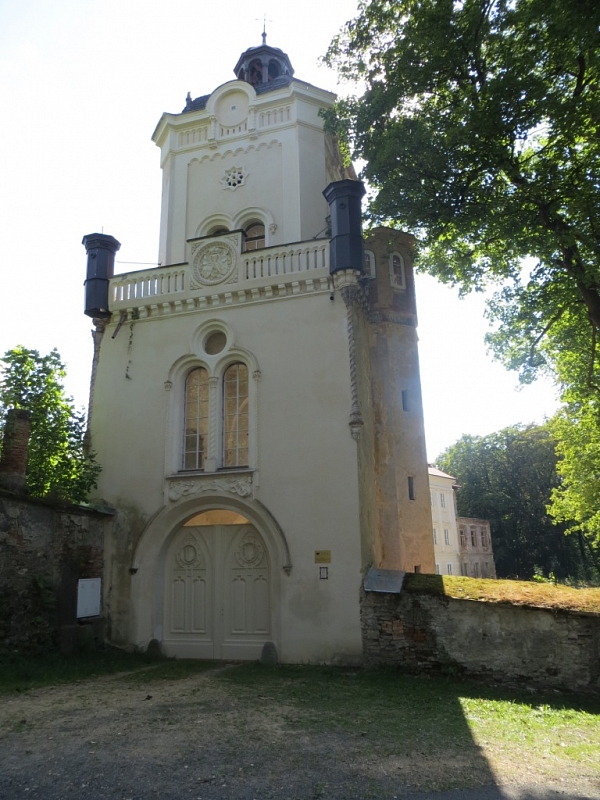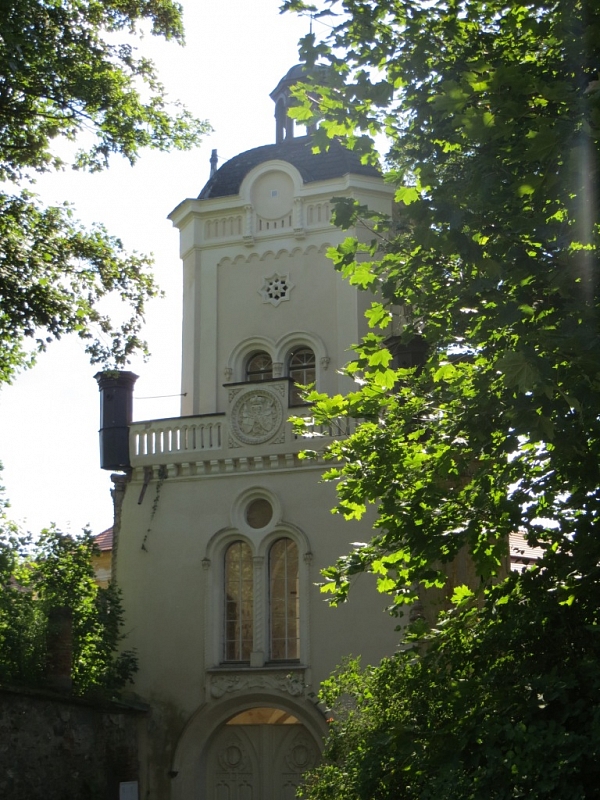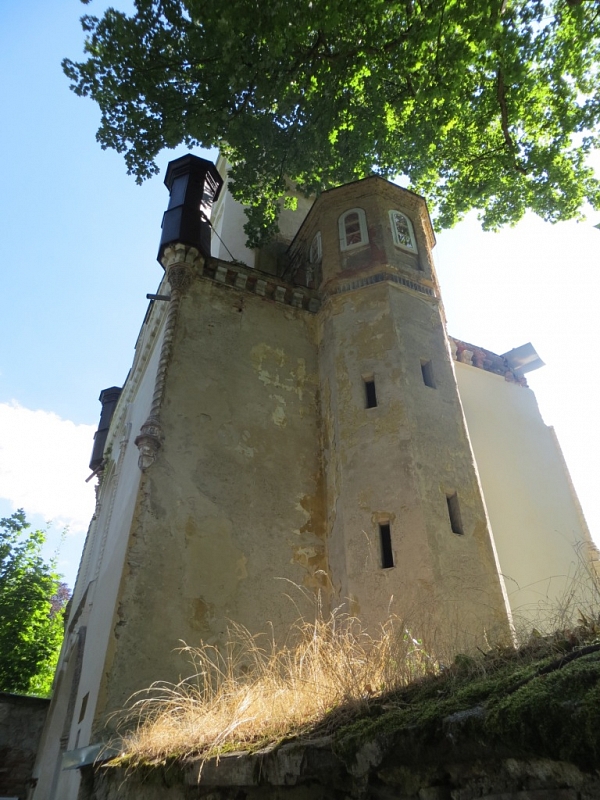Bystřice nad Úhlavou (chateau)
In the Pilsen region, as well as in other places in our country, we can meet the material sources of the ancient past on every corner. It is no different near Nýrsko, in the small village of Bystřice nad Úhlavou.
Information for visitors
Interesting facts Bystřice nad Úhlavou (chateau)
In 1339, written sources first mention the local fortress. In 1444, Oldřich of Janovice bought one part of the Bystřice farm and built a Gothic palace on the site of the fortress, which he expanded so that less than fifty years later there was talk of a castle and during the 16th century even of Bystřice nad Úhlavou. It was owned by the Kocová z Dobrše at that time and remained here until the beginning of the 18th century. They got into a lot of debt, so they needed to get rid of the whole estate. The creditor who acquired him after them was Karel Richard of Schmidlin. However, he also fell into debt and sold Bystřice to Karel Jáchy Bred in a public auction. The last owners were the Palm-Gundelfingen and Hohenzollern families.
In the second half of the 20th century, the building of the Institute of Social Care for Children and Youth served and part of it was rented for housing. A barracks was also located here for a while. At the same time, the Bystřice chateau gradually fell into disrepair. Nothing met him but the monuments of the so-called socialist homeland.
Today, the whole homestead is gradually being repaired, even wedding ceremonies are held in its courtyard; part is then made available to the public. But it will certainly be a long time before it shines in all its former beauty. Its most beautiful period was associated with the year 1700 and changed even more significantly in the middle of the 19th century, when it was enhanced in the neo-Gothic style. Although it has not yet been completely repaired, it forms a beautiful dominant feature of the small village of the Klatovy district.
Author: Marcela Horká, Vlastimil Hloupý
